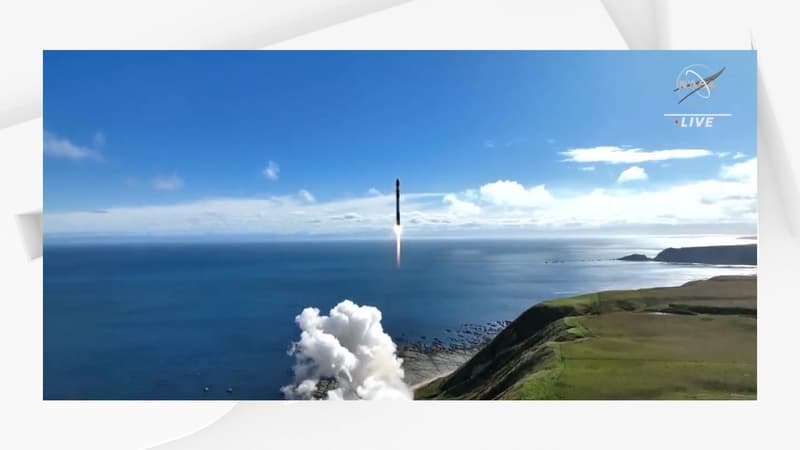Two small NASA satellites to observe the evolution of hurricanes hour by hour took off this Monday from New Zealand, aboard a rocket from the American company Rocket Lab.
The Electron rocket, which belongs to the category of microlaunchers and is only 18 meters high, lifted off at 1:00 p.m. (3:00 p.m. Sunday-Monday Oarus time) from Mahia in northern New Zealand, according to Rocket Lab.
The two satellites, Cubesats, weigh only about five kilos and will evolve at an altitude of about 550 kilometers. A second rocket will be launched in about two weeks, again by Rocket Lab, which will carry another two satellites to complete this small constellation.
This will then have the ability to return every hour above hurricanes (or typhoons in the Pacific), against every six hours currently. The mission was called TROPICS.
“Additional Information”
These satellites will allow scientists to no longer “just see what is happening at a given moment (…) but really see how things are changing hour by hour,” Will McCarty, a scientist at the University of California, explained during a press conference. POT.
“We will always need the big satellites,” he added. “But what we can get from this mission is additional information on top of the flagship satellites we already have.”
“Many organizations, such as the US National Hurricane Center and the Joint Typhoon Warning Center, are ready to receive our images to help them keep their meteorologists informed,” said Ben Kim, also a NASA official.
In the long term, a better understanding of the formation and evolution of these storms will improve climate models.
Originally, the constellation was supposed to have six satellites instead of four, but the first two were lost when a rocket from the US company Astra malfunctioned shortly after liftoff last year.
Source: BFM TV


